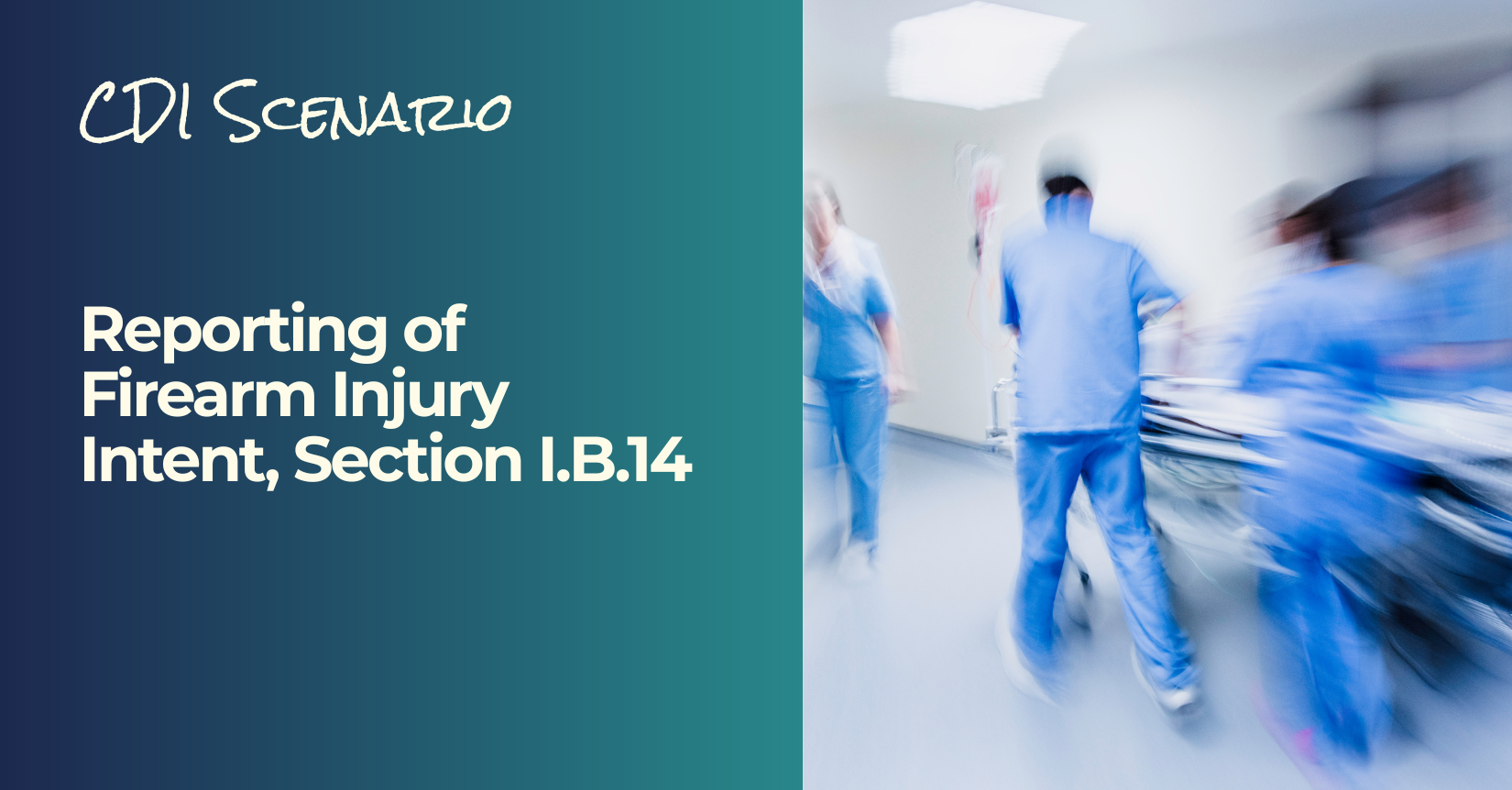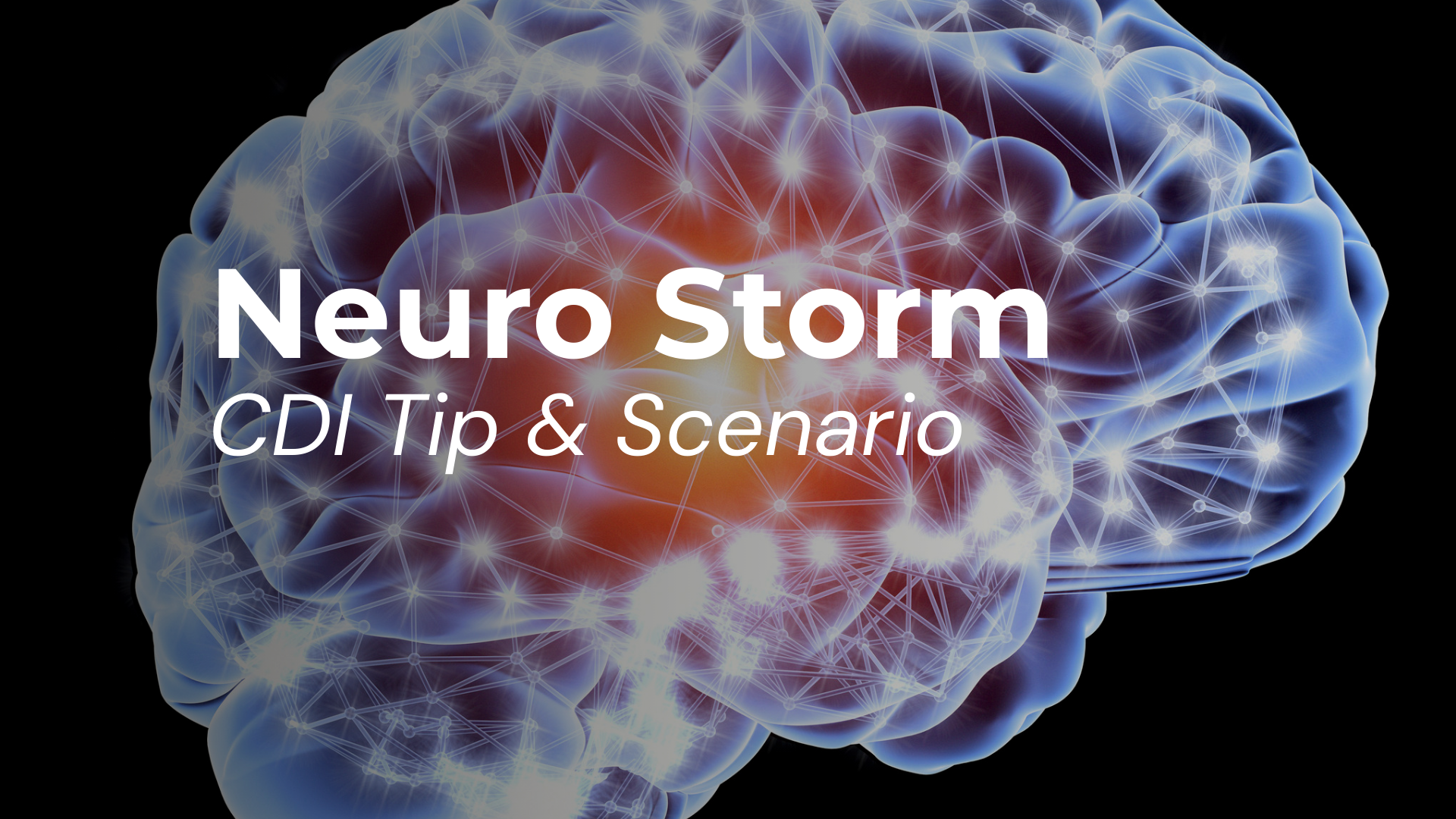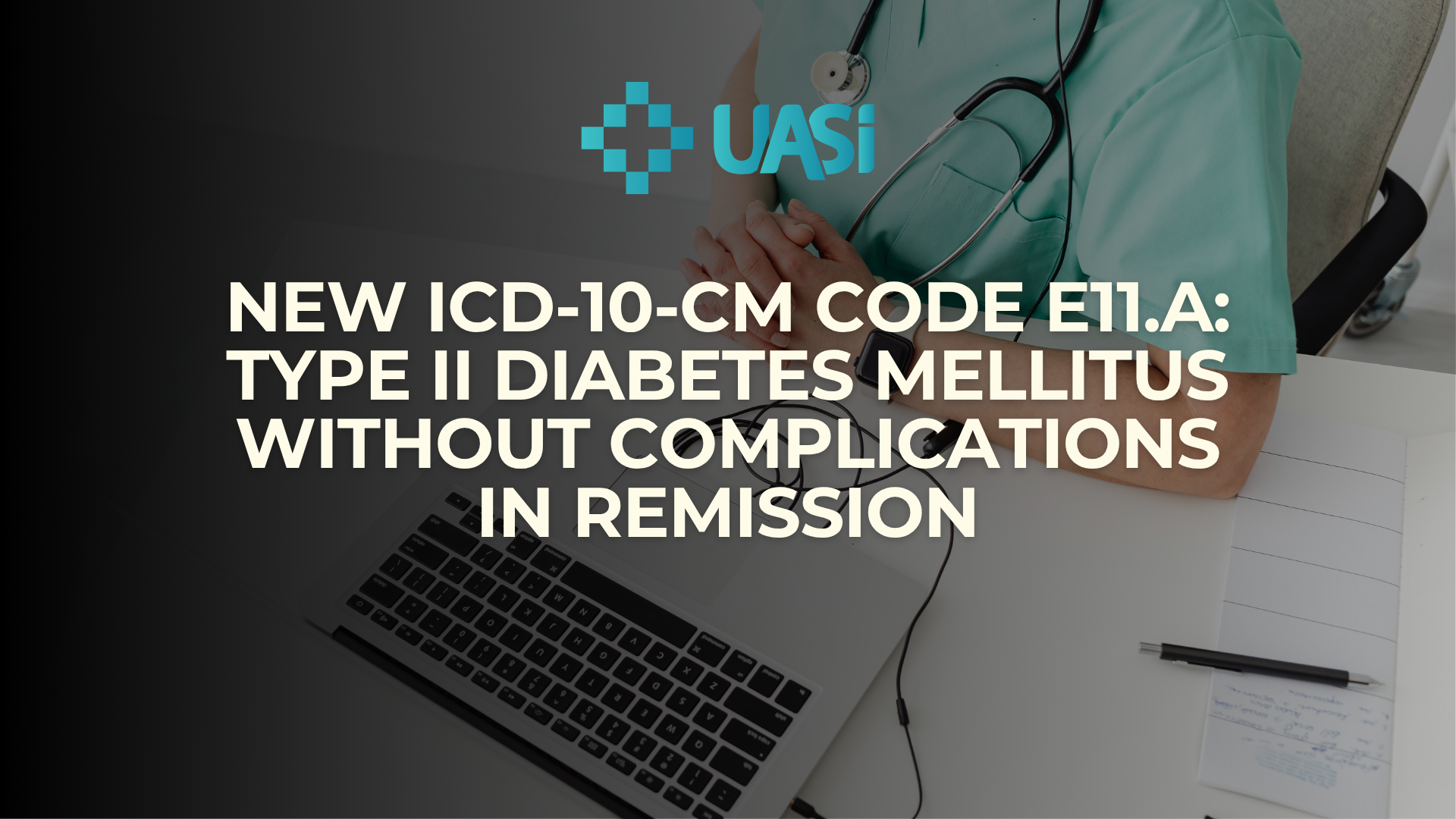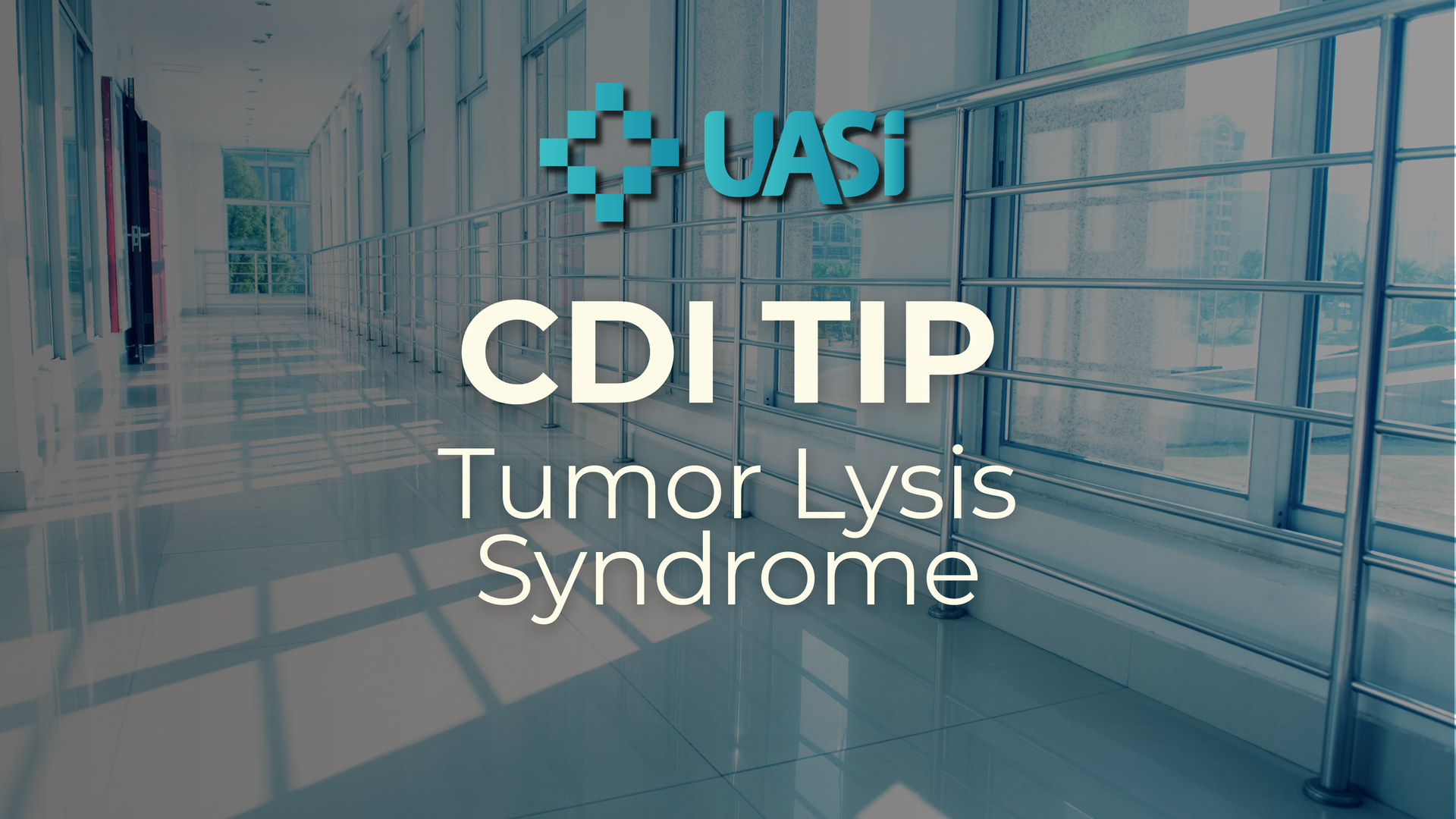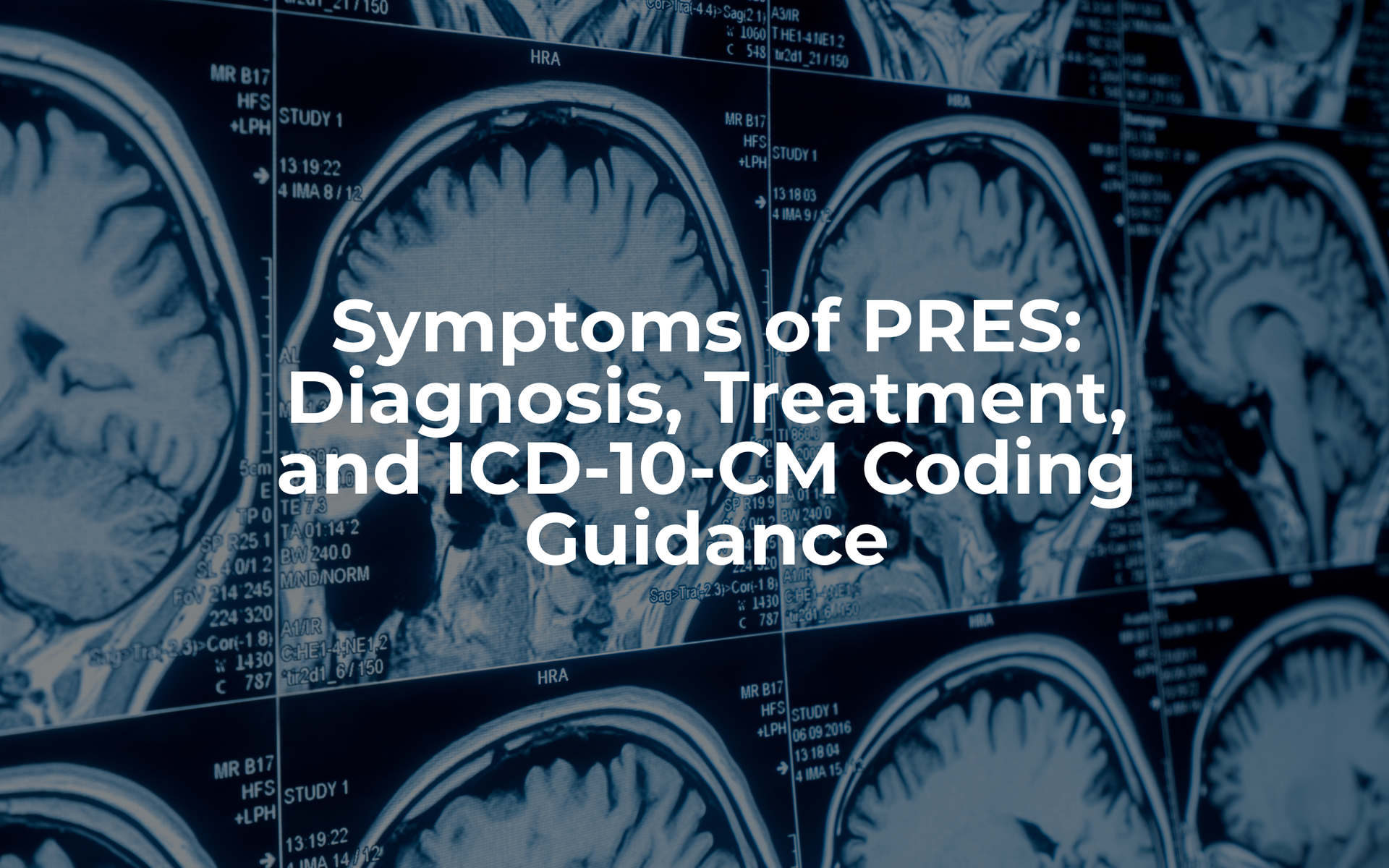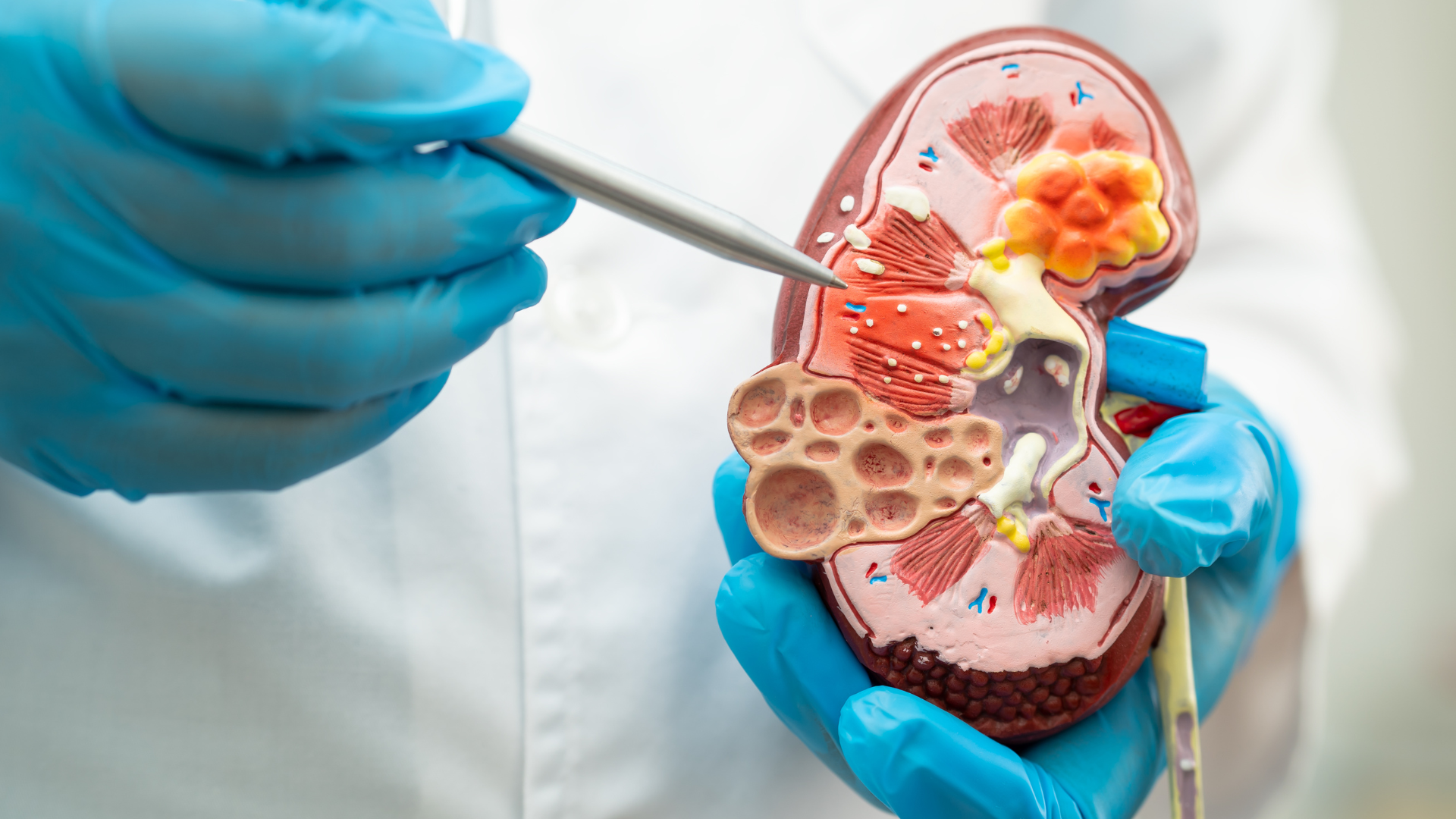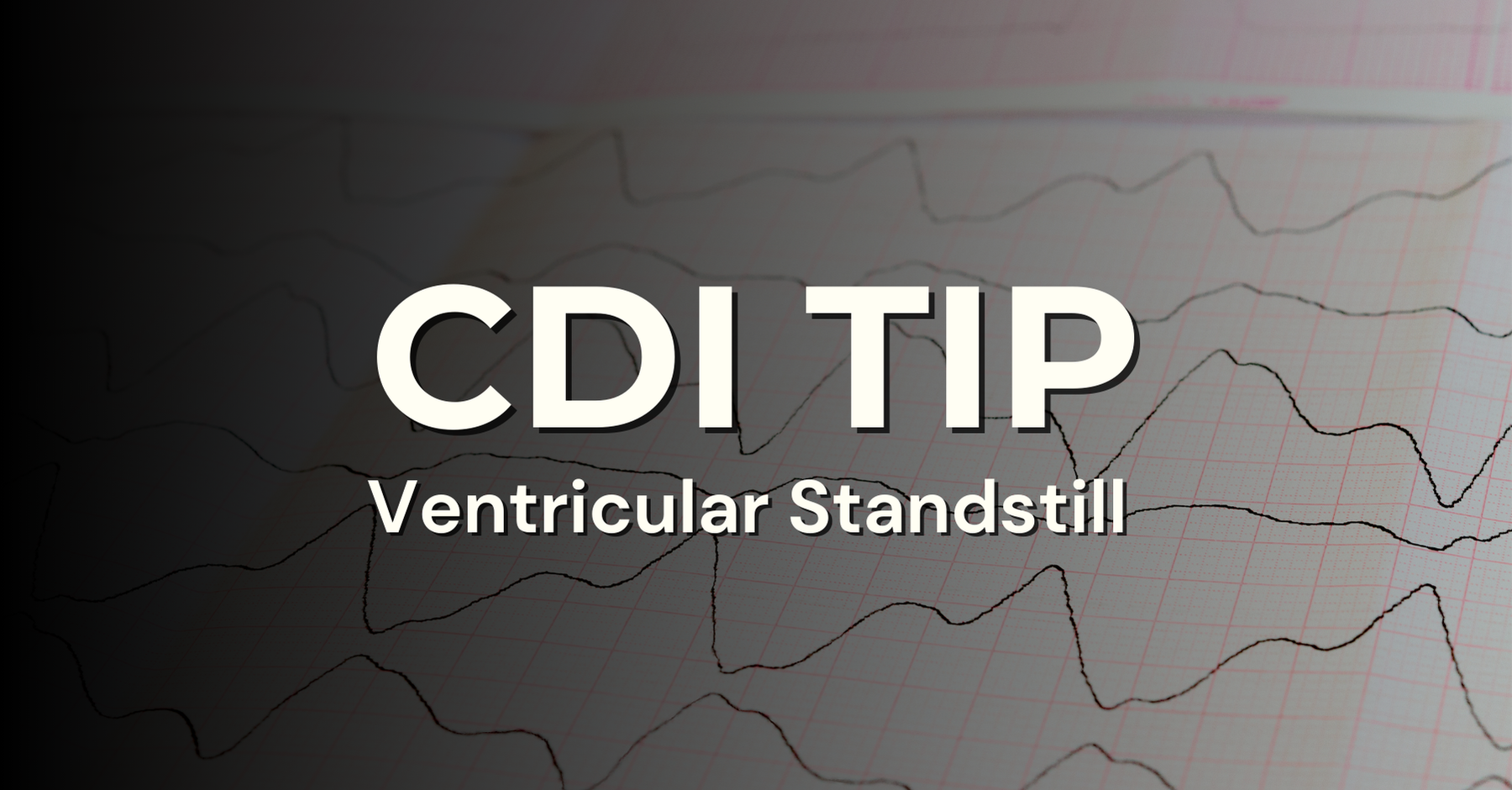February 13, 2025
Outpatient Documentation and Coding Issues
Presented below is an analysis of new and ongoing initiatives under the Office of the Inspector General (OIG) Work Plan [1] and the Centers for Medicare & Medicaid Services (CMS) approved Recovery Audit Contractor (RAC) reviews [2] as of January 2025. The focus is on outpatient initiatives related to HIM coding and documentation requirements and is not intended to review every active work plan item. For each relevant initiative, a summary of the OIG or RAC compliance concern, the month and year published and added to the plan, and related coding and documentation requirements is included below. More importantly, for each outpatient initiative presented, UASI has included specific suggested compliance activities to assist our clients with their ongoing compliance efforts.
The information below includes an analysis of the following active outpatient topics:
· Medicare Payments for Lower Extremity Peripheral Vascular Procedures (OIG)
· Medicare Part C Audits of Documentation Supporting Specific Diagnosis Codes (OIG)
· Audits of Medicare Part C Health Risk Assessment Diagnosis Codes (OIG)
· Minimally Invasive Surgical (MIS) Fusion of the Sacroiliac Joint (RAC)
· Transurethral Waterjet Ablation of the Prostate for Benign Prostatic Hyperplasia (BPH) with Lower Urinary Tract Symptoms (LUTS) (RAC)
· Hypoglossal Nerve Stimulation for Obstructive Sleep Apnea (RAC)
Medicare Payments for Lower Extremity Peripheral Vascular Procedures, June 2024
Minimally invasive procedures aiming to improve blood flow when arteries narrow or become blocked because of peripheral arterial disease have been identified by CMS and whistleblower fraud investigations as vulnerable to improper payments. OIG will analyze Medicare fee-for-service for peripheral vascular procedures for questionable characteristics and review the program integrity activities of CMS and its contractors to combat fraud, waste, and abuse specific to these procedures. Additionally, these procedures will be assessed to ensure compliance with CMS requirements and meet applicable treatment guidelines.
Documentation should include:
· A description of the studies performed, and any contrast media and/or radiopharmaceuticals used
· Any patient adverse reactions and/or complications
· Normal and abnormal findings and comparison with prior relevant studies
· Variations from normal should be documented along with measurements.
· The report should address or answer any specific clinical questions.
· Results of all testing must be shared with the referring physician
· Adequate documentation to support medical necessity of performing non-invasive vascular studies
· medically necessary follow-up noninvasive vascular studies post-angioplasty is dictated by the vascular distribution treated
CMS expects that non-invasive vascular studies are not performed more than once a year.
A complete review of billing and coding requirements, including the CPT codes and an extensive list of ICD-10-CM codes that support medical necessity can be found at Article - Billing and Coding: Non-Invasive Peripheral Arterial Vascular Studies (A57593) (cms.gov)
Medicare Part C Audits of Documentation Supporting Specific Diagnosis Codes, November 2023
This is the first of two workplan items focusing on high-risk diagnoses that might result in inaccurate risk adjusted data. The first item focuses on quality of the documentation supporting the diagnoses and the second item: Nationwide Audits of Medicare Part C High-Risk Diagnosis Codes focuses on code accuracy,
Payments to Medicare Advantage (MA) organizations are risk-adjusted based on each enrollee's health. Inaccurate diagnoses may cause CMS to pay MA organizations improper amounts. In general, MA organizations receive higher payments for enrollees with more complex diagnoses. CMS estimates that 9.5 percent of payments to MA organizations are improper, mainly due to unsupported diagnoses submitted by MA organizations. Prior OIG reviews have shown that some diagnoses are more at risk than others to be unsupported by medical record documentation. We will perform a targeted review of these diagnoses and will review the medical record documentation to ensure that it supports the diagnoses that MA organizations submitted to CMS for use in CMS's risk score calculations and to determine whether the diagnoses submitted complied with Federal requirements.
Nationwide Audits of Medicare Part C High-Risk Diagnosis Codes, November 2023
Medicare Advantage (MA) organizations receive risk-adjusted reimbursement based on the health status of each enrollee. All MA organizations submit risk-adjustment data to CMS according to defined regulations. Mis-coded diagnoses can result in incorrect payments back to MA organizations. These audits will focus on identified high risk diagnoses being mis-coded and resulting in increased risk-adjusted payments from CMS. In a previous CMS audit of high-risk diagnoses, 183 of the 280 sampled enrollee-years, resulted in the following findings: 1) the medical record(s) provided did not support the diagnosis code(s) or 2) the medical record(s) could not be located; therefore, the diagnosis code(s) was not validated. [3]
Through data mining techniques and meetings with medical professionals, CMS identified diagnoses that are at a higher risk of being miscoded. These diagnoses include:
· Major depressive disorder: Concerns related to this diagnosis note that the diagnosis was documented but the patient did not have an antidepressant medication prescribed. As such, a major depressive disorder may not be supported in the documentation.
· Acute stroke: Findings for this diagnosis noted that an acute stroke diagnosis on a physician claim during a service year does not correspond to an inpatient or outpatient hospital claim.
· Vascular claudication: The vascular claudication findings noted a diagnosis during the service year which was not present during the preceding 2 years.
· Cancer: Findings related to several cancer diagnoses in this audit were related to a cancer diagnosis during the service year, however no treatment (e.g., surgery, radiation, or chemotherapy) was found within a 6-month period before or after the diagnosis. A diagnosis of history of cancer may be more appropriate. These cancer diagnoses include:
o Breast cancer
o Colon cancer
o Prostate cancer
o Lung cancer
· Acute myocardial infarction (AMI): These specific findings noted diagnoses of acute myocardial infarction on a physician or outpatient claim during the service year. However, there was not an AMI diagnosis on a corresponding hospital claim. A code for the history of MI may be more appropriate.
· Embolism: Enrollees received a diagnosis of acute or chronic embolism without an anticoagulant medication, which is typically used to treat an embolism. The history of embolism diagnosis may be more appropriate.
These findings confirm the CMS intention to continue auditing for and enforcing complete and accurate clinical documentation.
UASI Suggested Compliance Activities for this Initiative
1. Improve population health data analytical capabilities and monitor high risk diagnosis reporting.
2. Utilize reports to determine the frequency of these high-risk diagnoses associated with risk-adjustment enrollees.
Minimally Invasive Surgical (MIS) Fusion of the Sacroiliac Joint, June 2023
Documentation will be reviewed to determine whether minimally invasive surgical fusion of the sacroiliac joint met Medicare coverage criteria and was reasonable and necessary. The only code included in this review is CPT code 27279, Arthrodesis, sacroiliac joint, percutaneous or minimally invasive (indirect visualization), with image guidance, includes obtaining bone graft when performed, and placement of transfixing device. Additional procedure coding information can be found in the CPT Assistant, April 2023, Volume 33, Issue 4, page 16.
There are multiple different ICD-10-CM diagnosis codes that support the medical necessity for this procedure.
ICD-10-CM Diagnosis Code
Code Description
M43.27
Fusion of spin, lumbosacral region
M43.28
Fusion of spin, sacral and sacrococcygeal region
M46.1
Sacroiliitis, NEC
M51.17
Intervertebral disc disorders with radiculopathy, lumbosacral region
M53.2X7
Spinal instabilities, lumbosacral region
M53.2X8
Spinal instabilities, sacral and sacrococcygeal region
M53.3
Sacrococcygeal disorders, NEC
M533.87
Other specified dorsopathies, lumbosacral region
M53.88
Other specifies dorsopathies, sacral and sacrococcygeal region
M99.14
Subluxation complex (vertebral) of sacral region
S33.2XXA
Dislocation of sacroiliac and sacrococcygeal joint, initial encounter
S33.2XXD
Dislocation of sacroiliac and sacrococcygeal joint, subsequent encounter
S33.2XXS
Dislocation of sacroiliac and sacrococcygeal joint, sequela
S33.6XXA
Sprain of sacroiliac joint, initial encounter
S33.6XXD
Sprain of sacroiliac joint, subsequent encounter
S33.6XXS
Sprain of sacroiliac joint, sequela
S33.8XXA
Sprain of other parts of lumbar spine and pelvis, initial encounter
S33.8XXD
Sprain of other parts of lumbar spine and pelvis, subsequent encounter
S33.8XXS
Sprain of other parts of lumbar spine and pelvis, sequela
Coverage Indicators [4]
This procedure is considered medically necessary when ALL the following criteria are met:
· Have moderate to severe pain with functional impairment and pain persists despite a minimum six months of intensive nonoperative treatment that must include medication optimization, activity modification, bracing, and active therapeutic exercise targeted at the lumbar spine, pelvis, SIJ, and hip including a home exercise program
· Patient’s report of typically unilateral pain that is caudal to the lumbar spine (L5 vertebrae), localized over the posterior SIIJ, and consistent with SIJ pain
· A thorough physical examination demonstrating localized tenderness with palpation over the sacral sulcus in the absence of tenderness of similar severity elsewhere and that other obvious sources for their pain do not exist
· Positive response to a cluster of 3 provocative tests
· Absence of generalized pain behavior
· Diagnostic imaging studies that include ALL the following
o Imaging (plain radiographs and a CT or MRI) of the SI joint that excludes the presence of destructive lesions, fracture, traumatic SIJ instability, or inflammatory arthropathy that would not be properly addressed by percutaneous SIJ fusion.
o Imaging of the pelvis (AP plain radiography
UASI Suggested Compliance Activity for this Initiative
1. Utilize reports to determine the frequency of CPT code 27279.
2. Based on these findings, determine the need to audit a percentage of the total cases.
Transurethral Waterjet Ablation of the Prostate for Benign Prostatic Hyperplasia (BPH) with Lower Urinary Tract Symptoms (LUTS), April 2023
